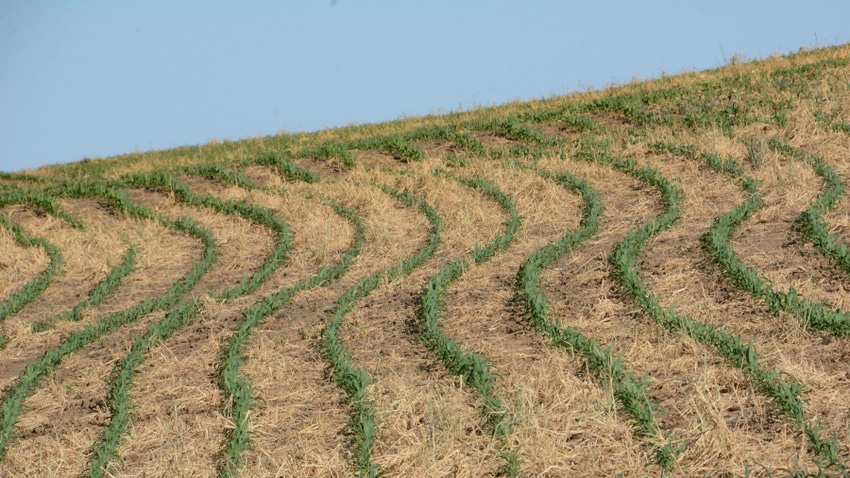April 19, 2023

While the carbon-capture market continues to evolve, a requirement often remains for “additionality” — adding cover crops or moving to no-till to take part. Indigo Ag is changing that up with its new FieldFlex program.
It’s a suite of sustainable ag programs designed to give farmers the freedom and flexibility to choose how they make money from their sustainability practices for every field each year of their rotation.
The program is offered to farmers who sign up for Carbon by Indigo and opens the door to added income potential — even for farmers that have used no-till or cover crops for a long time.
“FieldFlex gives growers the flexibility on maneuvering from a carbon program into a sourcing program and back and forth,” says Chris Harbourt, chief strategy officer at Indigo Ag. “It optimizes the choice for a farmer in any year to participate in one of our sustainability programs.”
The Carbon by Indigo program requires some level of additionality to be paid for carbon sequestration. But if there’s a year when that’s not possible, FieldFlex offers the option to switch and engage in a sustainable crop program instead of producing carbon credits, without jeopardizing eligibility for Carbon by Indigo.
The sourcing program lets farmers sell grain to sources working with Indigo that are seeking grain or oilseeds produced in specific ways. In most cases, those sources will pay a premium for that crop knowing it’s produced using regenerative methods.
“It has been a challenge in the past to feel like you’re getting pushed into a carbon program, and then a [sourcing program] wouldn’t be available to you,” Harbourt says. “So, the idea here is you’re in the carbon program; we’re crediting. And in that particular year where there’s a sourcing opportunity, you can hold those credits back. We can have you participate in the sourcing program that we operate as well, and then in the following year, you can move back to the carbon program.”
If buyers are unable to find a sustainability source around corn, Harbourt notes an opportunity would be available to engage in the carbon program for soybeans.
Sticking to ‘source’
For those farmers who have used regenerative practices for a long time, they can sign up for Carbon by Indigo and only take part in the source side of the equation, Harbourt says.
“You can absolutely be purely on the source side,” he says. “Because [the farm] is already participating in those practices, and the grain that’s being produced from it has those qualities that are desirable in the supply chain to show a reduction in emissions from that.”
Indigo is responsible for verifying a farm’s practices — even those that are simply “source” participants.
“We’re collecting information from the grower on planting date, harvesting date, crop type — any of the major operations that happened through the season,” Harbourt says.
Indigo proprietary technology enables FieldFlex to track all field-level greenhouse gas emissions. The technology also removes and ensures that the environmental outcomes and benefits of each crop produced are only sold off the farm to one corporate customer — whether a carbon credit buyer or a buyer of sustainable crops.
The FieldFlex program is offering that 30-year no-tiller access to a premium buying market. “We’ve been talking about the need to have something for those guys for some time, and I’m glad we finally worked out the technical details to make it happen,” Harbourt says.
To take part in Carbon by Indigo or the source program, farmers need to sign up by May 1. This starts the process of recording changes in practices for the carbon program, as well as enrolling farmers to take part in the FieldFlex sourcing program.
You can learn more about both the Carbon by Indigo program and FieldFlex by visiting indigoag.com/carbon.
About the Author(s)
You May Also Like






